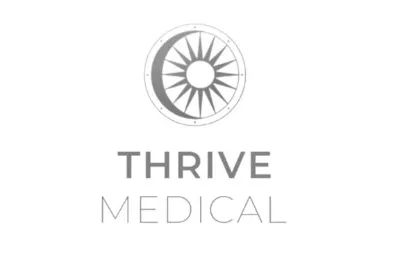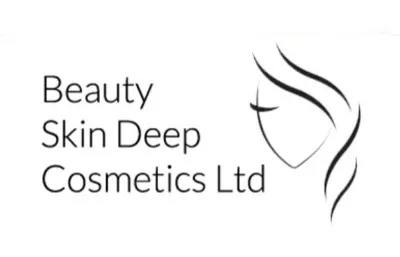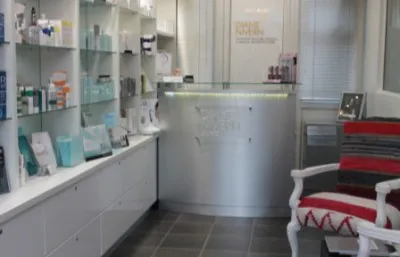The Procedure: What to Expect
Undergoing a dermal filler treatment can be a straightforward and rewarding experience, particularly when patients know what to anticipate. From the initial consultation to the post-treatment care, understanding the procedure steps can help alleviate any apprehensions and ensure a smooth process.
Initial Consultation
The journey towards enhancing one's appearance with dermal fillers begins with a consultation. This is a critical step where the patient discusses their aesthetic goals, medical history, and any concerns with their practitioner. The practitioner will assess the patient's facial structure, skin quality, and areas of concern to recommend the most suitable type of filler and treatment plan. This is also the time for patients to ask questions and clarify their expectations regarding the outcomes and longevity of the treatment.
Preparing for the Procedure
Pre-treatment preparation is minimal but essential. Patients are typically advised to avoid alcohol, blood-thinning medications, and supplements such as aspirin, ibuprofen, and fish oil for a few days before the procedure to minimise the risk of bruising. It's also recommended to arrive at the appointment with clean skin and free of makeup.
The Injection Process
Dermal filler procedures are relatively quick, often taking only 30 minutes to an hour, depending on the areas being treated. The practitioner may apply a topical numbing cream to the treatment area to reduce discomfort. Using a fine needle or cannula, the filler is then carefully injected into the predetermined areas. The practitioner may gently massage the area to ensure the filler is evenly distributed.
Immediate Aftercare
Immediately following the procedure, patients may notice some swelling, redness, or bruising, which is normal and typically subsides within a few days. Ice packs can be applied to reduce swelling, and makeup should be avoided for at least 24 hours. Patients can return to their daily activities right after the treatment, making it a convenient option for those with busy schedules.
Post-Treatment Care
To ensure the best possible results, patients should follow their practitioner's post-treatment instructions. This may include avoiding strenuous exercise and excessive heat (such as saunas or hot tubs), as well as direct sunlight for a couple of days. Staying hydrated and maintaining a healthy skincare regimen can also support the treatment's outcomes.
Follow-Up
A follow-up appointment is often scheduled a few weeks after the initial treatment. This allows the practitioner to assess the results, ensure the patient's satisfaction, and determine if any additional filler is needed for optimal results.
The dermal filler procedure is a meticulously crafted process designed to enhance natural beauty with minimal discomfort and downtime. By understanding what to expect and closely following the guidance of a qualified practitioner, patients can achieve their aesthetic objectives with confidence.







